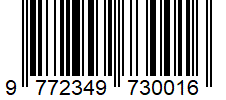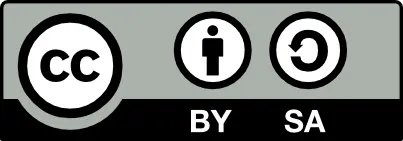Enhancing Efficiency and Cost-effectiveness in Home Security Camera Systems: The Role of Advanced Video Codecs
Authors: Sibin Thomas
DOI: https://doi.org/10.5281/zenodo.14208940
Short DOI: https://doi.org/g8rrfp
Country: USA
Full-text Research PDF File:
View |
Download
Abstract: This paper looks at how important video compression is for modern home security camera systems. It talks about the problems with the current H.264 standard and makes the case for using newer codecs such as H.265, VP9, and AV1 [1, 2]. These advanced codecs offer better compression efficiency, which lets you get higher video quality at lower bitrates. This means that you can use less data, store less, and get better overall performance [3]. We look at how video data management affects service providers' finances, focusing on the "cost trifecta" of entry, egress, and storage [4]. We also show how using these codecs can save service providers a lot of money. We also talk about how these technologies can be used in a wider range of video-based applications besides home protection. This study shows how important it is to have video compression tools that work well and won't break in the future in order to handle the huge amount of video data that is being created these days.
Keywords: Home security cameras, Video compression, Codec (H.264, H.265, VP9, AV1), Cloud storage, Bandwidth consumption, Video quality, Cost optimization Ingress, Egress, Storage
Paper Id: 231642
Published On: 2022-11-03
Published In: Volume 10, Issue 6, November-December 2022
Cite This: Enhancing Efficiency and Cost-effectiveness in Home Security Camera Systems: The Role of Advanced Video Codecs - Sibin Thomas - IJIRMPS Volume 10, Issue 6, November-December 2022. DOI 10.5281/zenodo.14208940





 All research papers published in this journal/on this website are openly accessible and licensed under
All research papers published in this journal/on this website are openly accessible and licensed under 